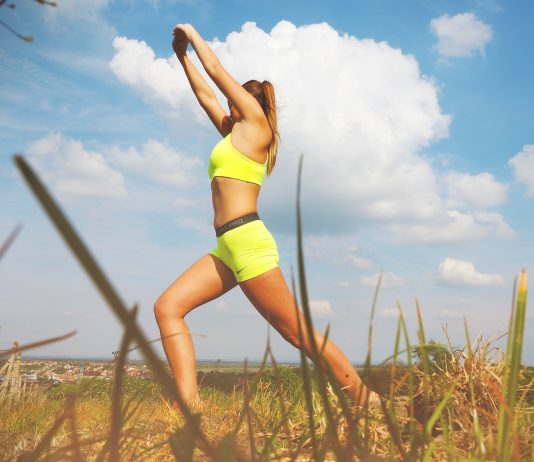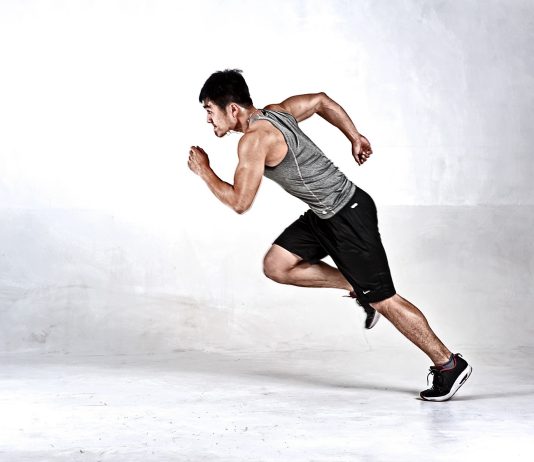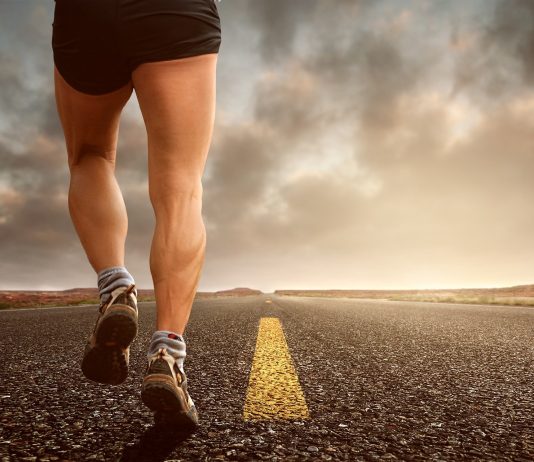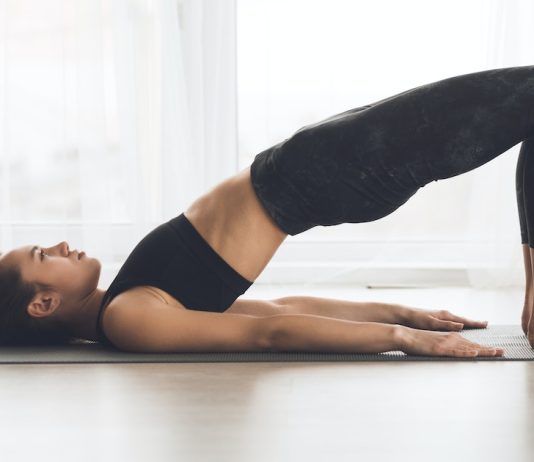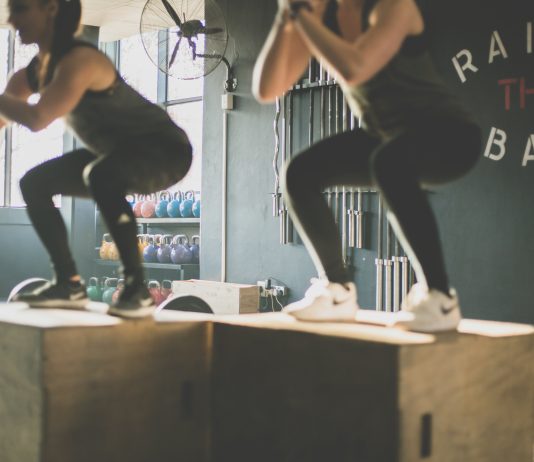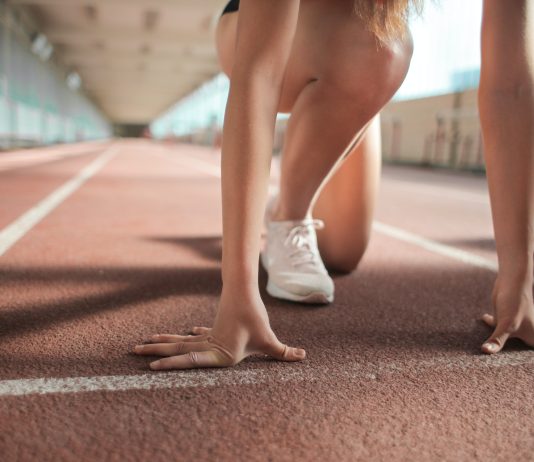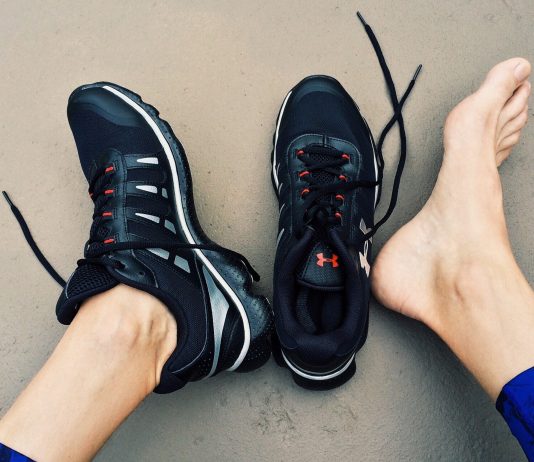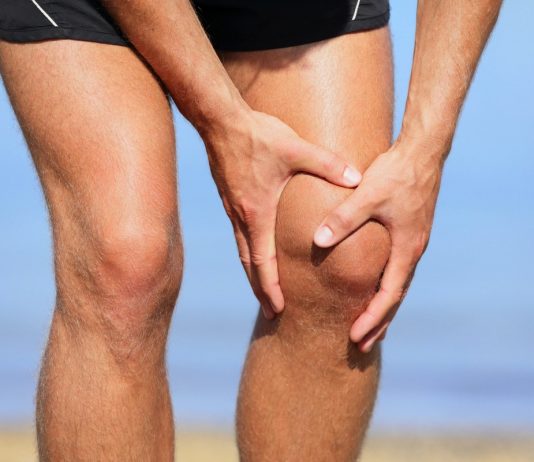Stretching before a run has many advantages. After a run, stretching helps to enhance blood flow, which promotes muscle recovery and regeneration. By helping to remove waste and lactic acid, this therapy lowers pain in the muscles and joints. Stretching also improves the flexibility of the main running muscles, which can help to increase range of motion and reduce the possibility of overuse and muscular strain issues. To help the body get even more prepared for the next physical activity, lower the chance of muscular strain, and improve running performance, dynamic stretching is advised as part of the pre-run warm-up.
Get ready to boost your running performance with three simple exercises that focus on strengthening your calves and core. The calves, which consist of the gastrocnemius and the soleus muscles, play a crucial role in stride length and pace. These muscles help to initiate the push-off phase of the running stride and absorb impact as your foot hits the ground.
Incorporate These Exercises into Your Routine for Better Running Form and Technique
Runnerstribe Admin -
To improve running ability, simply running farther or faster is not enough. Developing proper form and technique through dedicated training is important. Start by setting a consistent workout schedule and incorporating specific techniques like uphill running and track workouts to build endurance and speed. With hard work and dedication, improvement as a runner is always possible.
Running enthusiasts are frequently advised to strengthen their glutes, particularly if they are injured. But how do glute bridges work and what precisely do the glutes perform when we run? Elevate your running game with Tarkine Trail Devil, where every step is a testament to exceptional performance and unmatched...
Building Stronger Muscles for Efficient Running: The Role of Squats in an Athlete’s Training
Runnerstribe Admin -
One of the most crucial exercises for runners is the squat. The quadriceps, hamstrings, hips, and glutes, which are the most important muscles for running since they propel your stride, are the key targets of this compound, full-body, multi-joint exercise. Your chance of suffering an injury diminishes and your possibility of running quickly increases when these muscles are strong and functional.
Despite the fact that studies have shown that strength training can improve running efficiency in particular, many runners still tend to shy away from it. This can be linked to a number of things, including time restrictions and a preference for running over weightlifting.
Achilles tendonitis refers to a condition where the tendon experiences chronic stress injury due to the accumulation of minor stresses that eventually cause damage. This ailment typically arises when there is an increase in the frequency or intensity of physical exercise, and various factors like inflexibility or overpronation can exacerbate it.
Running is an excellent form of exercise, but it can take a toll on your lower back if you don't take proper care of your body. The lower back plays a crucial role in maintaining an upright posture, but weaknesses in the core muscles, hips, glutes, and hamstrings can cause discomfort, pain, and spasms, putting runners at risk of injuries that can slow down progress.
When it comes to running, having strong and healthy legs is essential. But what you might not know is that squatting is one of the most effective ways to keep your legs and glutes strong. Although it can be challenging to trade a run day for strength training, the benefits of squatting for runners outweigh the cost of skipping a run. In this article, experts break down the advantages of squats and provide guidance on proper squat form.
Runner's knee, also known as patellofemoral pain syndrome, is a prevalent condition that affects the articulation between the kneecap and the thigh bone. While it is commonly associated with runners, it can also impact athletes in other sports, such as tennis. The term runner's knee is often used broadly to describe knee pain resulting from various knee issues.







